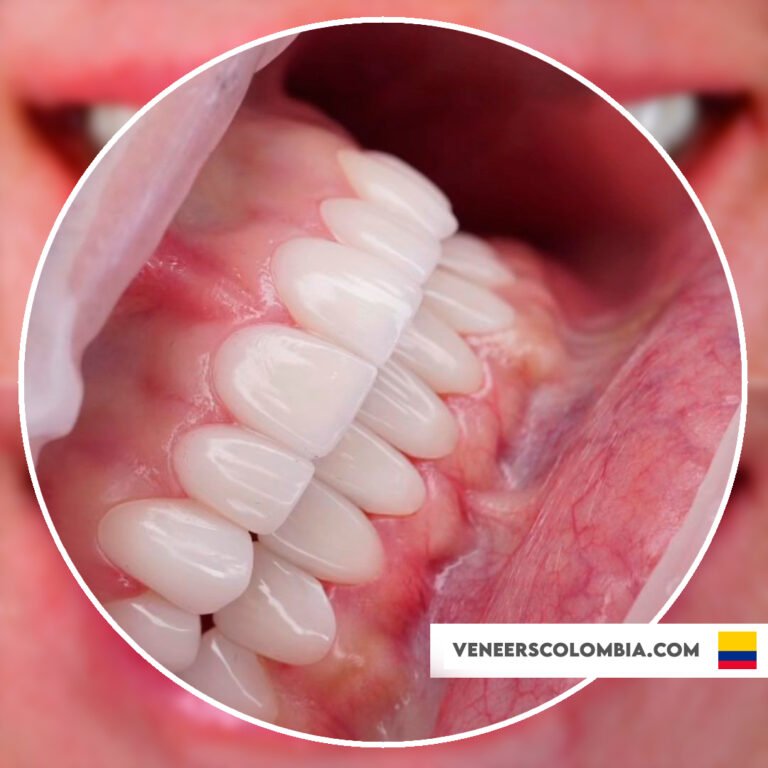When it comes to our smiles, confidence is key. We all want a bright, healthy set of teeth that we’re proud to show off. However, issues like dead teeth can detract from that glowing grin, leading many of us to wonder about the cost of whitening a dead tooth. This article breaks down the process, the costs, and why it’s a worthwhile investment for your dental health and confidence.
Table of Contents
ToggleWhat is a Dead Tooth?
Understanding Dead Teeth
Before diving into the costs, it’s important to understand what we mean by a “dead tooth.” Also referred to as a non-vital tooth, a dead tooth is one that has lost its blood supply. This can occur due to tooth decay, gum disease, or trauma. As the tooth loses its life source, it turns darker in color, often ranging from yellow to gray or black.
What Are the Treatment Options?
Tooth Whitening Versus Replacement
While there are several treatment options for dealing with a dead tooth, including extraction and replacement with an implant or bridge, whitening is often the least invasive method. However, it’s important to note that traditional whitening methods are not always effective on a dead tooth. In most cases, your dentist will recommend internal bleaching, a process where the whitening agent is placed inside the tooth.
How Much Does Whitening a Dead Tooth Cost?
Breaking Down the Costs
The cost of whitening a dead tooth can vary depending on a variety of factors such as the complexity of the procedure, your dentist’s experience, and the region in which you live. As a general estimate, internal bleaching can range from $300 to $700 per tooth. This cost includes the initial consultation, the procedure itself, and any follow-up appointments.
Are There Any Additional Costs?
Factoring in Additional Dental Treatments
In some cases, additional dental treatments may be required before whitening can take place. If your tooth is dead due to an untreated infection, a root canal treatment may be needed first. The cost of a root canal can vary, but expect to pay an additional $500 to $1000. These factors can increase the overall cost of whitening a dead tooth.
Why Should You Consider Whitening a Dead Tooth?
The Benefits of Whitening a Dead Tooth
While the cost of whitening a dead tooth may seem high, it’s a valuable investment in your dental health and self-esteem. A discolored tooth can negatively impact your self-confidence, affecting your social and professional life.
Moreover, a dead tooth can lead to serious dental issues if left untreated. It can become a source of infection, potentially leading to gum disease or an abscess. Treating and whitening the tooth not only restores your smile but also helps maintain your overall dental health.
Final Thoughts
Invest in Your Smile
Understanding the cost of whitening a dead tooth allows you to make an informed decision about your dental health. While the price may seem steep, the benefits are immeasurable. By investing in this treatment, you are investing in a brighter, healthier smile that boosts your confidence and improves your quality of life.
Reach out to your dentist to discuss your options and make the first step towards reclaiming your radiant smile. Remember, the cost is more than just a monetary value; it’s the price of your happiness, confidence, and overall health.






